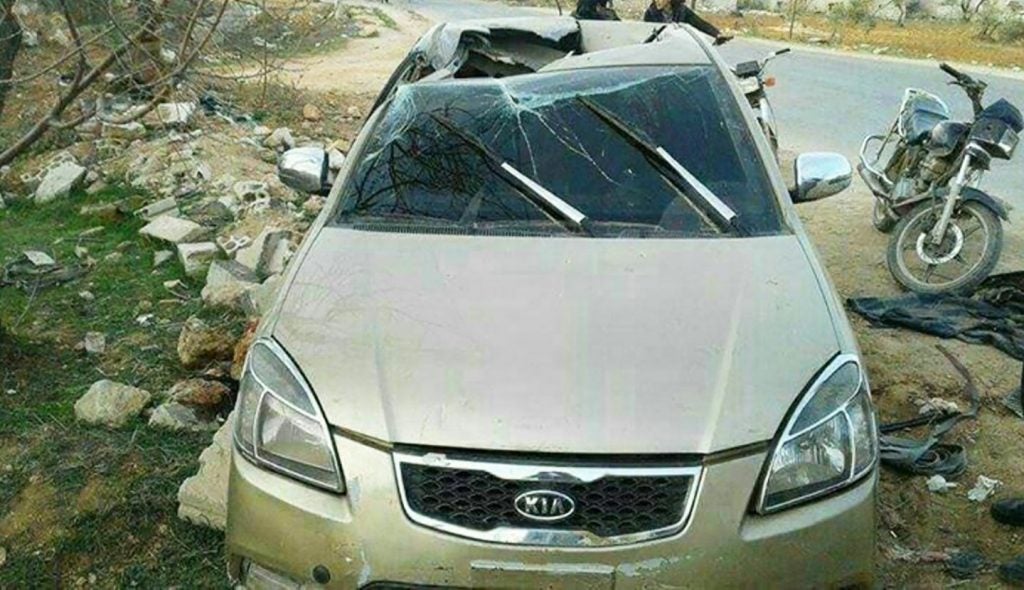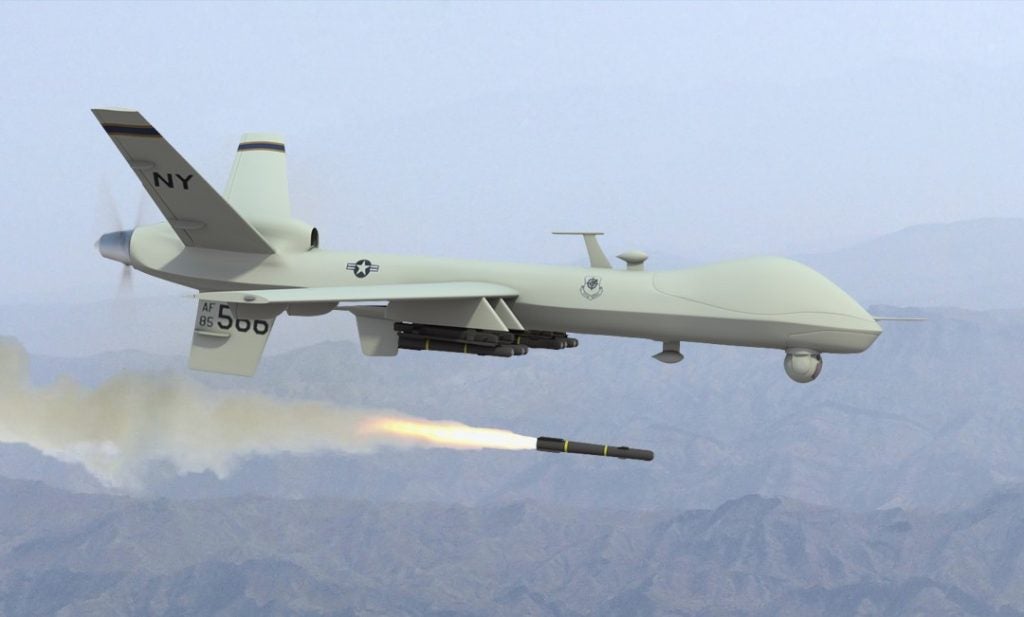The Kinetic Hellfire Missile
The new kinetic ‘knife’ missile, reportedly developed by the CIA, has caused quite a stir online since its existence was confirmed by the Wall Street Journal on 9 May.
The newly disclosed variant of the Hellfire AGM-114 missile is believed to have been used on a number of occasions since 2017. It is believed to have been used to kill Abu Khayr Al Masri, Al Qaeda’s leader in Syria in February 2017. The drone strike that killed Al Masri was immediately considered unusual as the car he was travelling in was left largely intact. The missile struck the top of the Kia saloon he was travelling in, smashing through the roof just above passenger seat. While this precision is a characteristic of the Hellfire the lack of collateral damage is not.
The Hellfire AGM-114 was initially developed during the Cold War as an anti-armour missile for NATO’s helicopter fleet. Initially tipped with a shaped charge warhead designed to punch through Soviet armour using focused high explosives, it wasn’t until the increasing use of the missile against softer targets during the War on Terror became the norm that the AGM-114M Hellfire II was outfitted with a blast fragmentation warhead with a tantalum fragmentation sleeve.

The fragmentation sleeve, while effective, greatly increased the danger of collateral damage. As a result the Hellfire R9X was developed, coupling the precision of the Hellfire’s semi-active laser homing guidance system with a kinetic warhead – of currently unknown mass. An anonymous government source confirmed to the Wall Street Journal that the the AGM-114R9X had been used “about a half-dozen times”. This is unsurprising given its niche operational intent. Another more recent use of the R9X appears to have been during the drone strike which killed Jamal Ahmad Mohammad Al Badawi. Al Badawi, believed to be responsible for the attack on the USS Cole and a key figure with Al-Qaeda in Yemen, was killed in January.
What do we know about the R9X?
We know that it is a development of the AGM-114R Hellfire II (Hellfire Romeo), which entered service in 2013. We know that it uses a kinetic warhead, essentially a weight which adds mass to the missile as it falls to its target. This allows it to punch through things like vehicle roofs to strike its target and not rely on explosive energy. How much energy the R9X imparts is unknown.
We also know that it is equipped with six blades which deploy seconds before it impacts its target. Whether these are used for stabilisation or offensive purposes is unclear. It seems that the new Hellfire variant is intended to minimise collateral damage and represents a new tool in the Pentagon and CIA’s aerial arsenal.

